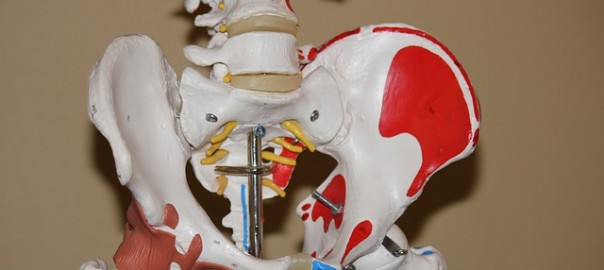R
Hip replacements have become a routine procedure to eliminate pain and maintain mobility in older people, and in 2014, more than 70,000 UK pensioners were fitted with these artificial joints.
Although most hip replacements are made of metal and/or plastic, in order to increase the prosthetic-per-pound (PPP) figures, the National Institute for Clinical Excellence (NICE) has sanctioned a number of alternative materials, including papier mâché, plasticine and mechanically recovered meat (MRM).
They have also sought to reduce the surgical costs of replacements by introducing an on-line, step-by-step operating guide which can be followed by under-twelves used to playing video games, while a project called Hips-at-Home is also being trialled in Nottingham, with the operations carried out by people who would call on pensioners in the normal course of events. So far, almost 800 procedures have been conducted successfully by paper boys, meter readers and bailiffs, and fewer than 780 have resulted in the patient never being able to walk again.

